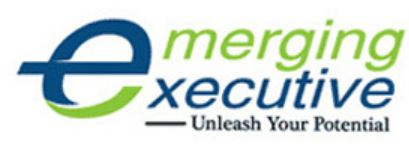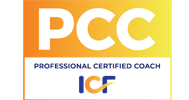
Nadia Prescott
Is the program in question that important? How do you know where it fits within your program priorities and whether they are the right and sustainable for your organization today? The answer to these questions is often “no and we don’t know!”
One reason why this happens is that program and fundraising plans are developed in parallel and not jointly. Just as a for-profit business has to develop a sustainable business model, nonprofit organizations must do the same particularly in the current complex and changing nonprofit sector.
With less government money available, there is increasing pressure on private foundations to pick up the slack. Program priorities must fit with mission accomplishment as well as financial viability. If you are doing program evaluation effectively you will know the ways in which you can increase impact add new service offerings to achieve desired impact.
Reviewing your program portfolio each year is a must. You might need to update your program, combine it with another initiative or collaborate with another organization to strengthen what you offer to make a unique service. One that is inclusive of the latest and greatest skills individuals need in the 21st century. What makes your after school program for example, different to the other three program offered within a five mile radius? Is it your use of technology, is it a low teacher to pupil ratio or incorporation of STEM? As an extra incentive, remember funders love collaborative efforts!
Your overriding goal is to combine program and business activities that result in long term financial viability as well as mission impact. This is called a program portfolio. CompassPoint based in San Francisco has developed a very simple matrix to help nonprofits balance mission and sustainability. The Dual Bottom Line Matrix is adapted from the Boston Consulting Group’s Growth Share Matrix.
While quantitative evaluation of your programs and impact studies can be used to determine the highest mission impact, it is not usually not necessary in order to use the Dual Bottom Line Matrix. Usually consensus can be found easily for both mission and financial viability. Some of the characteristics of financial viability are at the very least to cover all costs both direct and indirect and generate a surplus. This way you know you have a sustainable and viable business model.
Also remember that an annual fundraiser should be considered as a business activity and should be included in any program portfolio and be highly profitable. It should pay for its direct costs as well as contribute to the organization’s bottom line. Otherwise you need to find ways to contain the costs or pull the activity. Many organizations also do activities for which they receive very little or no funding.
Using this model, it becomes clear that some programs and business activities do more or less to contribute to the organization’s financial viability. You may find for example that one program is well-funded and pays for its own costs as well as helps with organization overhead and shared costs.
A star program is one you want to keep and grow. It is something you want to invest in. That may mean time, attention and money.
The opposite of a star program is one that has low impact and low viability. If you have a program that falls within this quadrant, it’s time for the board to make a decision. How can you change the program to have a greater mission impact and financial viability or do you discontinue or give away to another nonprofit?
And finally some programs or activities bring in money but do not further the organization’s mission. These may be special fundraising events for example. You want to consider how you can enhance the mission impact for anything that falls within this quadrant. Perhaps you add an educational component to a special event so the community better understands what you do.
This matrix is only one way of analyzing your current and potentially new program portfolio. You’d like to know more about how to use this model, please don’t hesitate to contact us at info@emergingexecutive.com




